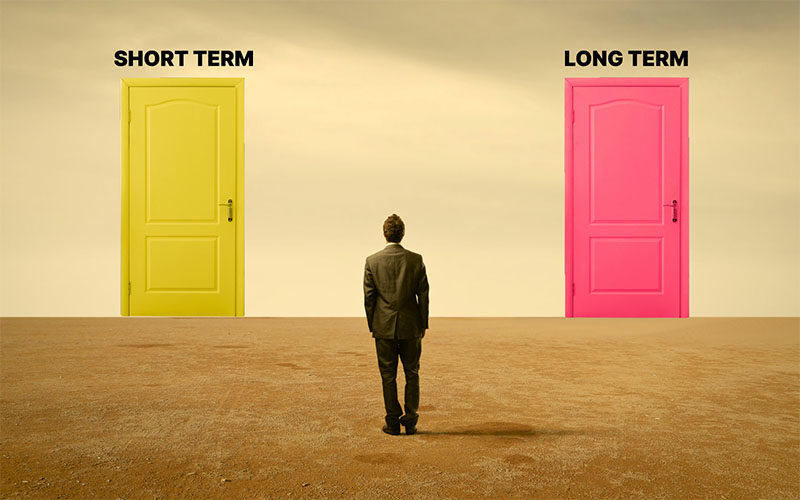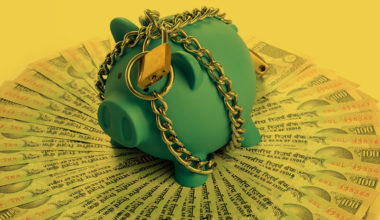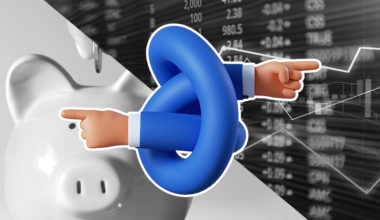When we talk about financial planning, it becomes imperative to look for options that provide the right financial security along with the benefit of guaranteed return in the short or long term. However, before making any investment choice it is important to consider the different aspects like the liquidity needs, risk appetite, financial goals and investment horizon.
Talking about the safe investment options, Fixed Deposits are considered the most preferred choice of investment for investors. FDs are not only easy to comprehend but it is one of the best ways to create savings at low risk. However, when it comes to choosing between short-term FD and long-term FD, it is important to understand their basic differences. Let’s read further to get an in-depth knowledge of long-term fixed deposits and short-term fixed deposits and what are its pros and cons.
What are Fixed Deposits?
Fixed Deposit (FD) is an investment product offered by non-banking finance companies (NBFC) or banks. In FD, the investments are made for a specific tenure at a fixed applicable rate of interest. FDs can be opened in different tenures including short-term FD, medium-term FD and long-term FD. The short-term fixed deposit scheme ranges from a minimum tenure of 7 days to a maximum of 10 years. Whereas, long-term fixed deposits are generally held between more than 5 years- 10 years.
As compared to the other savings account, the FD offers a higher rate of interest. Moreover, as there is no market involvement in FD, the risk factors are extremely low. Thus, this is considered one of the best investment options for first-time investors and senior citizens.
Also Read: How to Open a Fixed Deposit Account Online?
What is a Long term Fixed Deposit?
Long-term FDs are a type of deposit account, wherein the investment can be made from more than 5 years to 10 years. Long-term fixed deposits are created the same as regular FDs and they offer higher liquidity and profitable returns.
What is a Short-term Fixed Deposit?
Similar to long-term FD, short-term FDs are deposit accounts, wherein the investment can be made for a minimum of 7 days to a maximum of 2 years. A short-term fixed deposit allows one to invest a sum of money in an account and let it multiply for a short tenure. Short-term fixed deposits are best suitable for accumulating a sum for a shorter tenure.
Let’s read further to know, which is a better option of investment.
Benefits of Long term Fixed Deposit
- One can open a long-term FD account very easily. The overall application process is transparent, short and easy to understand.
- Depending on one’s own suitability, the investors can invest in Long term FD with different maturity terms.
- Moreover, long-term FD comes with the option of auto-renewal, wherein the FD account is auto-renewed immediately without getting into any extra formalities.
- FD schemes like 5 years fixed deposit offer good liquidity to the investors and can be used as a financial backup at the time of any emergency.
- 5 years fixed deposits to 10 years fixed deposits can be used to achieve long-term financial goals like buying a new vehicle, down payment of the home, etc.
- Long-term FDs offer an attractive high-interest rate of 6%-7% and guarantee a return on maturity.
- The investors can also make a premature withdrawal from the account. However, they will need to inform the bank or financial company for the same.
Benefits of Short term Fixed Deposits
- Similar to other fixed deposit schemes, the investment made in short-term fixed deposits is locked in for a specific period to gain interest.
- The tenure of short-term FD can range from 7 days to 2 years.
- The minimum deposit amount varies from bank to bank.
- As one of the safest options of investment, the investments are not influenced by the market forces.
- For 3 months fixed deposit or 1 year fixed deposit, the interest rates are stable and are usually double the interest rates for savings accounts.
- Short-term FDs are best suitable to create small financial savings and to achieve short-term financial goals like purchasing a gift for a family member, etc.
- As these are short-term FD schemes it offers no liquidity. Thus, it is advised not to withdraw this amount until the end of the tenure.
Also Read: Benefits of a Fixed Deposit Account
Disadvantages of Short term and Long term FD
Even though both short term and long term FD offers guaranteed return, they also have some disadvantages, these are:
Low Returns
Although FDs are known for a guaranteed return, they are low as compared to the short term market-linked investment options
Tax Returns
The interest earned on the invested amount is taxable as per the applicable Income Tax Law. If the interest earned is more than Rs 10,000 then it will be deducted as 10% TDS. For senior citizens, this limit is up to Rs 50,000. If an individual wants to save on tax through FD then they should consider investing in tax savings FD.
Liquidity
Premature withdrawal of FD can lead to a penalty charge. Thus, the investor may get a lower interest on the total investment while withdrawing the fund.
Wrapping it Up!
To create a strong financial cushion, an individual can use both types of fixed deposits to achieve different goals. If a person wants to create a corpus let’s say for 1 year from now but doesn’t want to keep the money ideal, they can choose to invest in 1 year fixed deposit and earn interest. However, if the interest rates are falling then it is wise to go for long-term FDs which comes with a lock-in period of 5 years. By following a disciplined approach of investment in both short-term and long-term FDs one can create a strong financial plan in the long term.










